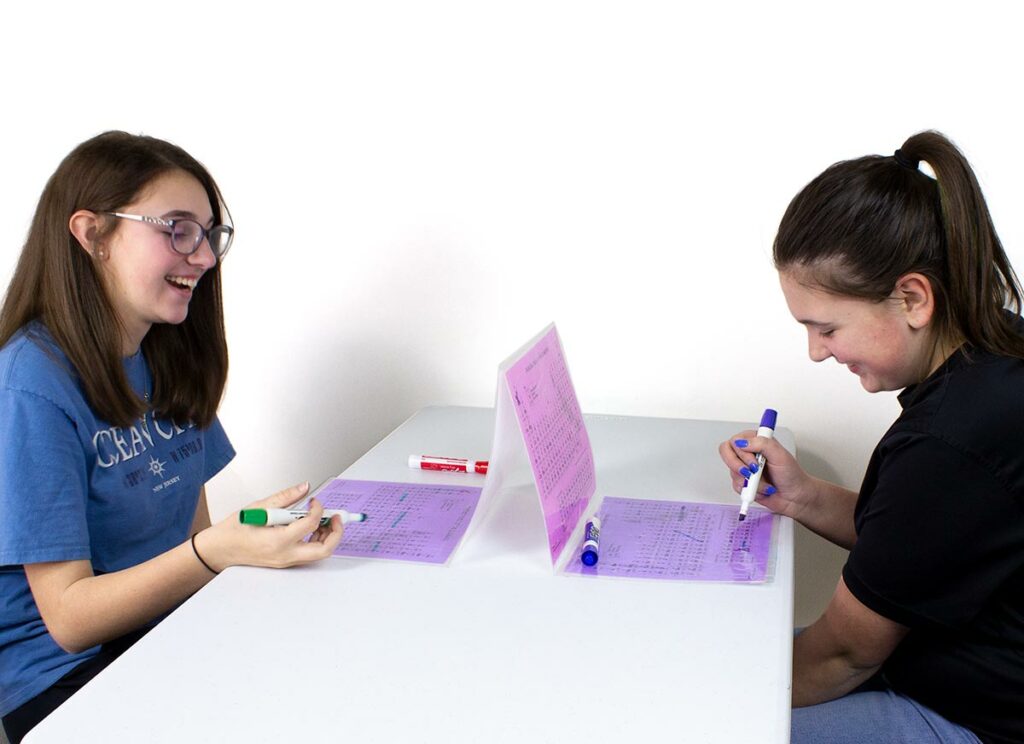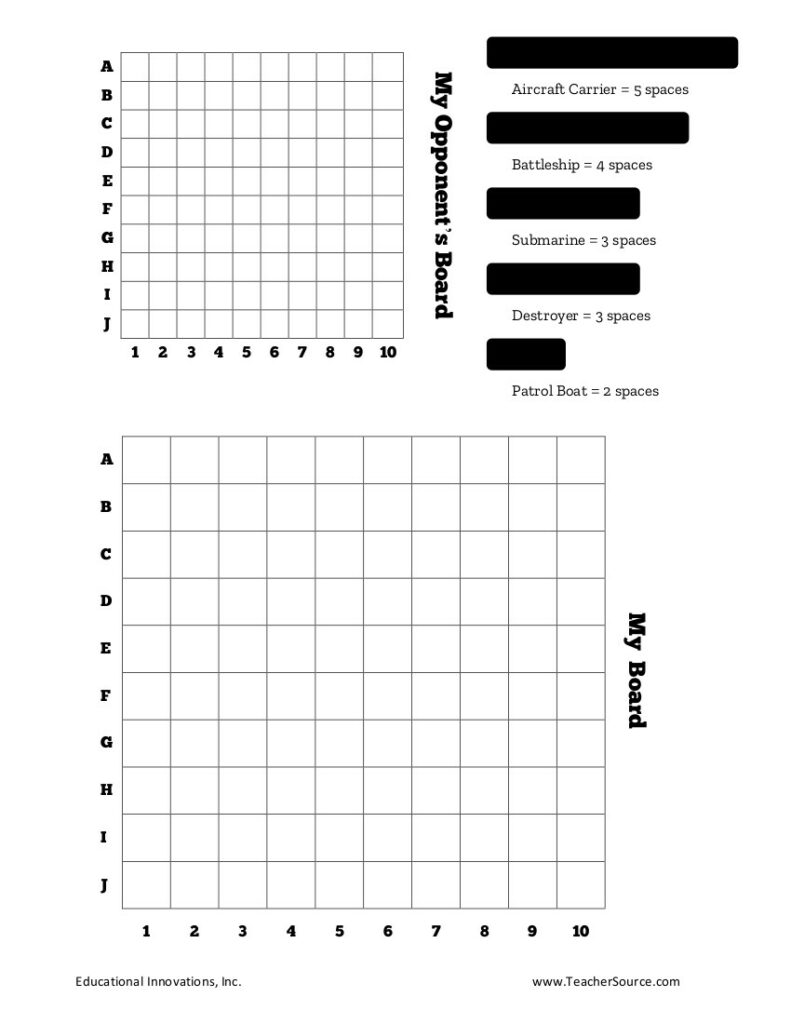
By Ted Beyer
You may be familiar with the game Battleship! The version most people recall includes two plastic folding boards (red and blue) plus two sets of grey plastic ships and pegs. It was released by Milton Bradley in 1967. I had a set myself—a birthday present in 1969 (yeah, I’m that old). The objective of the game is to sink your opponent’s ships.

A Brief Battleship History
Did you know that Russian naval officers were playing a pen-and-paper version before World War I? (Most accounts suggest around 1900.) The first commercial version of the game, released in 1931, was called Salvo! Obviously lots of other versions have been produced over the years.
I hear you: “So where is the science you’re supposed to be talking about?” Patience! Stick with me a bit longer.
Remember those Russians? Well, their version was just graph paper and pencils—and in reality, that’s all you really need. Both players set up two grid systems on their paper. Usually the grid consists of letters A-J from left to right across the top of the board, and numbers 1-10 from top to bottom along the side.
Here’s an example of how the grids might be designed:
The Rules of Battleship
Players select a set of squares that represent their five targets on the “ocean” (keeping that information secret from the other player). Ships may be placed vertically or horizontally, but not diagonally.
The five ships are designed like this:
- 5 squares long ship = Aircraft Carrier
- 4 squares long ship = Battleship
- 3 squares long ship = Submarine
- 3 squares long ship = Destroyer
- 2 squares long ship = Patrol Boat
So their own ships are all positioned on the first grid. Their second grid allows them to track where their shots fall on their opponent’s ocean.
Players take turns guessing a square where they think their opponent’s ship might be. Players guess by choosing the Y and X axes (e.g. J-9). If the square that is guessed is occupied by a ship, the player must say hit. If the square is unoccupied, the player must say miss. Each shot is recorded on the respective boards using “X” for a hit or “O” for a missed attempt. Once an entire ship has been hit, the player must say “sunk” and reveal which ship was sunk.
Once all of a player’s ships have been sunk, the game is over. The winner is the player with any ships still left unsunk on the board.
All pretty straightforward, I know.
Presenting… Science Battleship!
However, I would like to suggest that you most likely have something in your science bag of tricks what will give this old game a crazy new twist. Further, it will allow your students to actually learn some science as they play!
What is this magical widget I refer to? Think about it…
The Periodic Table, of course!
Instead of the alpha-numeric grid, each possible target is simply an element from the Periodic Table. This means you call out shots such as “Lithium!” or “Iridium!”
Using our Heat Sensitive Periodic Tables, I made up a set of boards using four laminated tables taped together, so the students could use dry erase markers for easy clean-up. Since the board is all one piece, it’s ready to go immediately. Just add markers. Plus, storage is a breeze.

Younger students might have problems pronouncing some of the elements. No worries! Simply instruct your students to call out the atomic numbers instead.
This version of Battleship can easily be played even without lamination. All you need are four copies of the Periodic Table, a couple of file folders and some pencils.

Simply attach the tables to the insides of the folders, clip the two folders together at the top, and you’re ready to play!
Taking It Further…
Of course there can be endless variations on the game. Use your imagination! Targets of different sizes or quantities can be created. Or you can also rename your targets for a more scientific splash. Perhaps replace the Aircraft Carrier with Einstein… Let the Battleship turn into Isaac Newton! In advanced classes, why not get fancy and make up your own rules on how to handle the pesky Lanthanide and Actinide series elements?
Give it a try. Perhaps you and your students can come up with new ways to play Periodic Table Battleship. If you do, please share them with all of us at Educational Innovations. We love hearing from you! As they saying goes, “Fair winds and following seas!”



Thank you for this version of Battleship on paper. My friend and me Zoom chat and we played Battleship on one of our calls. Thank you! You should post more games that can be played virtually and are educational.